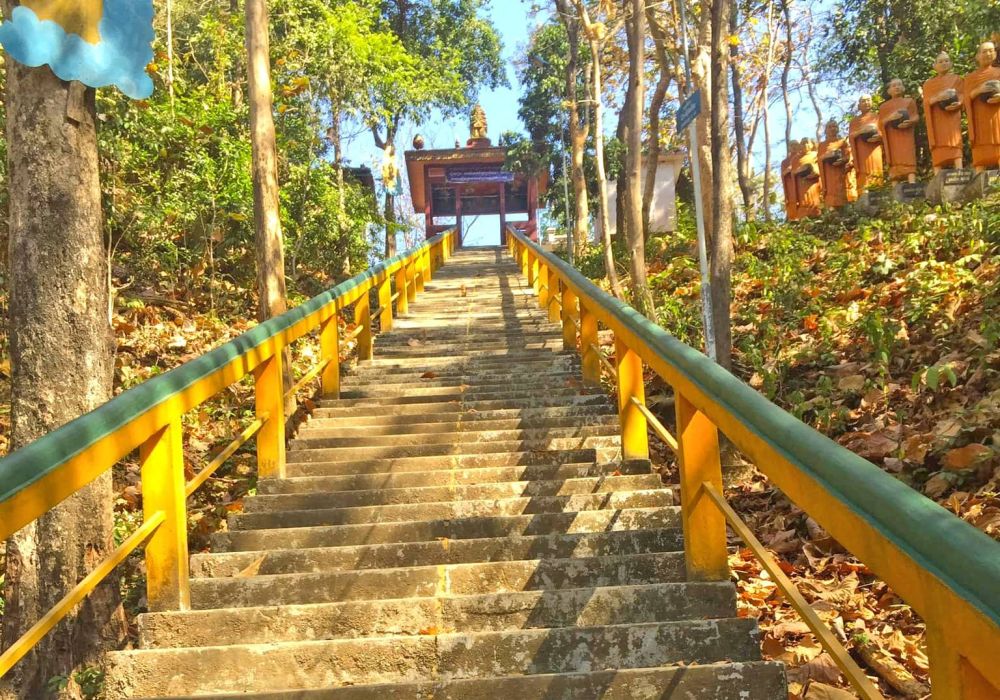

Located in the northeastern part of Cambodia, Kratie is a tranquil province that stretches along the banks of the mighty Mekong River. Among its many attractions, Phnom Sombok is a modest yet significant cultural and religious site that has captured the hearts of visitors. This hilltop temple offers not only spiritual insight but also stunning views of the surrounding countryside and the Mekong River.
Phnom Sombok's history as a tourist destination is relatively recent when compared to centuries-old temples like Angkor Wat. Its draw lies in its authenticity and the peaceful experience it provides away from the more crowded tourist spots. The temple, a place for Buddhist pilgrimage, started gaining attention from international visitors in the late 20th century as Cambodia began to open up to tourism after decades of conflict and isolation.
During the 1990s, as Cambodia's political and social climates stabilized, tourism slowly started to blossom. Kratie, with its unspoiled natural environment and the allure of the Irrawaddy dolphins living in the Mekong River, began to see an increase in visitors. Phnom Sombok, with its serene setting and impressive pagoda, became a part of the eco-cultural tours often coupled with dolphin watching experiences.
In the early 2000s, there was a growing emphasis on sustainable and responsible tourism in Cambodia. Kratie, including Phnom Sombok, benefited from this trend. Visitors to the site often seek to immerse themselves in the authentic Cambodian rural life. The site is also an excellent viewpoint for those interested in bird watching and enjoying the tranquil pace of life along the Mekong River.
In recent years, the Cambodian government and various NGOs have been working to further develop tourism within the region in a sustainable manner. Efforts have been made to improve infrastructure and promote community-based tourism, which provides benefit to the local population directly.
Current trends also show an increase in cultural and experiential travel, with tourists wanting to have meaningful interactions with local communities and their customs. In this setting, Phnom Sombok serves as a focal point for visitors to learn about Buddhist traditions, meditation practices, and the history of the region. Tourists can combine a visit to Phnom Sombok with homestays, local handicraft tours, and traditional Khmer cuisine tasting, which further enriches their Cambodian experience.
As global travel evolves, so does the profile of Phnom Sombok. Plans for future development maintain a deep respect for the ecological and cultural integrity of the region. Looking forward, it's likely that Phnom Sombok will continue to thrive as a site that offers a blend of spiritual tranquility, cultural richness, and natural beauty, while fostering sustainable tourism practices that protect and celebrate its unique heritage.